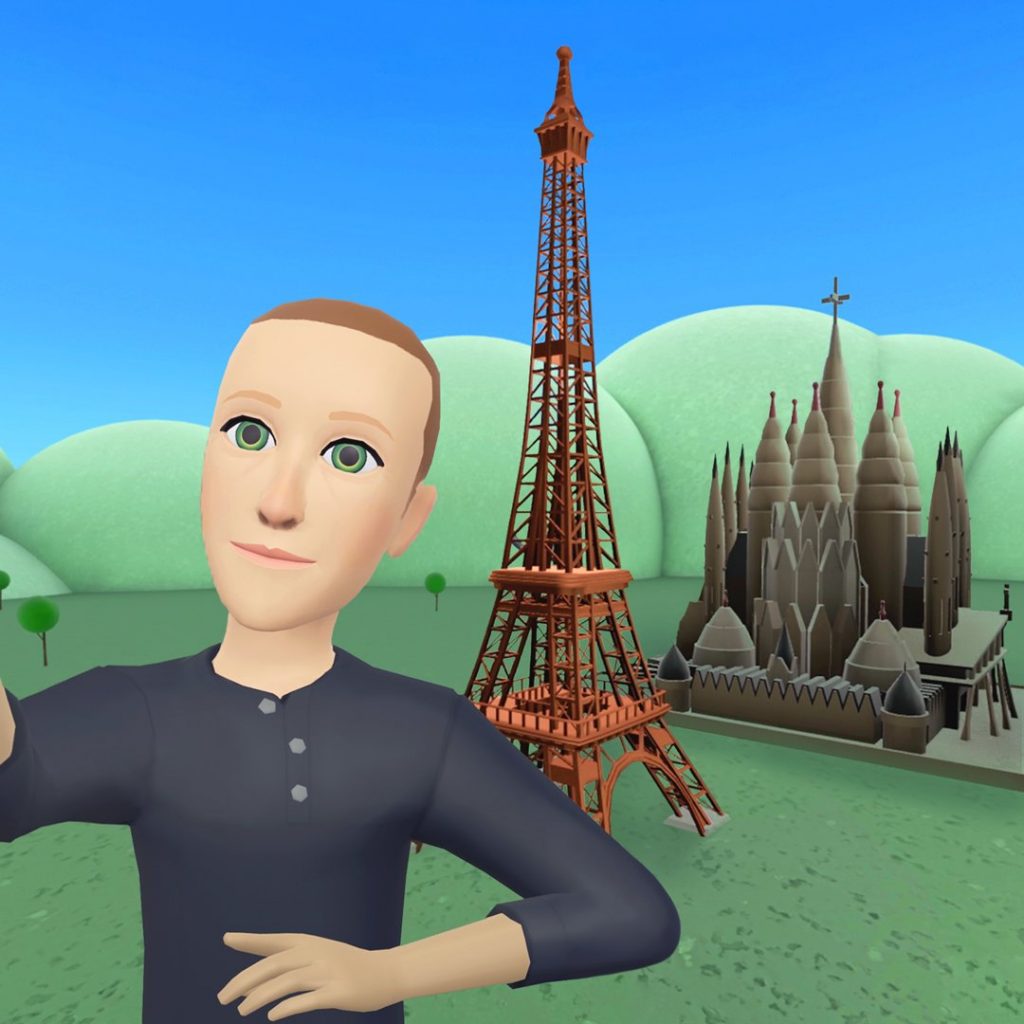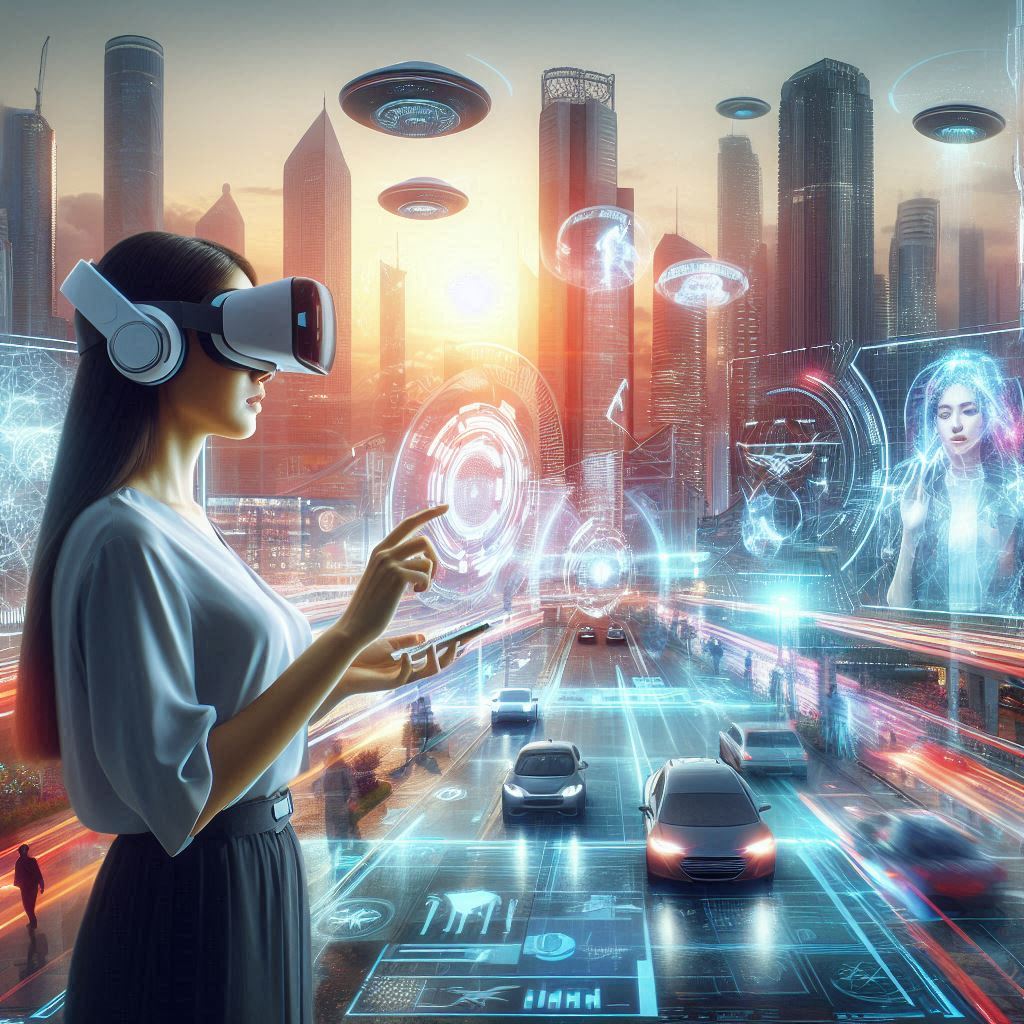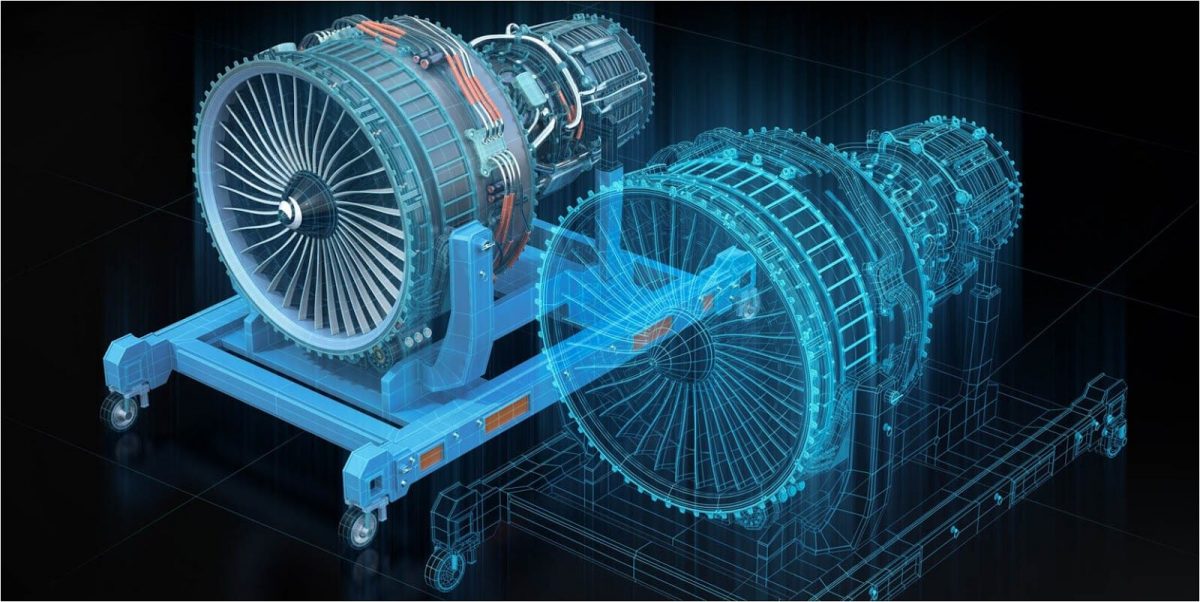No ratings yet.
Digital Twins—what a fancy and classy name for a piece of software! In a nutshell, digital twins is software that utilizes real-world data in order to generate simulations that can forecast how a process or a product will perform or behave. This is accomplished by combining the Internet of Things, Artificial Intelligence, Augmented Reality, and software analytics to improve the output and correspondingly optimize the ways a company generates value.
However, what I just described isn’t the concept of simulation? The answer is no. Even while simulations and digital twins may share common elements by both utilizing digital models to imitate a system’s operations, a digital twin is fundamentally a virtual environment. In essence, we could liken digital twins to multitaskers. A simulation is typically associated with one particular process or perhaps a part of the process, while a digital twin may itself run multiple simulations simultaneously. But the core difference goes beyond the digital twin’s capacity for multitasking. The picture now includes real-time data. Digital twins are built on a two-way flow that commences when object sensors give the system processor pertinent data and continues when the processor shares insights with the original source object.
Digital twins are able to study problems from far more vantage points than standard simulations can because they have better and constantly updated data related to a wide range of fields, combined with the added computing power that comes with a virtual environment, which has a greater potential to improve products and processes in the long run.
To summarize the benefits, companies can use digital twins to avoid wasting significant budget resources and effort developing a product only to discover that it requires refinement. Digital twins appear to be like fortune tellers who can envision the future and advise on the best courses of action. Moreover, after a new product has gone into the production phase, digital twins can aid in controlling and duplicating production systems with the main objective of maintaining excellent performance throughout the manufacturing cycle. Furthermore, digital twins promote sustainability since product manufacturers can determine which product materials can be harvested once the product reaches the end of its lifecycle. Hence, the industries that operate on large-scale products or projects , such as engineering, health care, automobile manufacturing, aircraft production, and railcar design, benefit the most from digital twins. In addition, stakeholders can participate early in the development process and check and modify the Digital Twin as needed. Fewer prototypes, lower costs, and shorter lead times will be the results of the rapid development iterations that the digital twin permits.
In 2022, there will be many technology giant companies that have developed platforms that offer digital twin software in combination with real-time agent collaboration and many more features. Indicatively, Microsoft has developed the Azure Digital Twins platform as a service (PaaS) offering that enables the construction of knowledge graphs based on digital models of whole environments. These ecosystems might include whole cities as well as structures such as buildings, industries, farms, energy networks, trains, stadiums, and more. Oracle, IMB, Siemens, and General Electric are only a few other examples of companies that have developed their own digital twin platforms.
Sources
azure.microsoft.com. (2022). Pricing – Digital Twins | Microsoft Azure. [online] Available at: https://azure.microsoft.com/en-us/pricing/details/digital-twins/ [Accessed 23 Sep. 2022].
www.ibm.com. (2021). IBM Digital Twin Exchange – Overview. [online] Available at: https://www.ibm.com/products/digital-twin-exchange [Accessed 23 Sep. 2022].
www.twi-global.com. (2022). What is Digital Twin Technology and How Does it Work? [online] Available at: https://www.twi-global.com/technical-knowledge/faqs/what-is-digital-twin [Accessed 22 Sep. 2022].
van Rijmenam, M. (2022). Why Digital Twins Are One of the Building Blocks of the Metaverse. The Digital Speaker. Available at: https://www.thedigitalspeaker.com/digital-twins-building-block-metaverse/ [Accessed 23 Sep. 2022].




